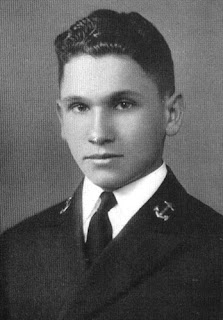 |
Figure 3: Left: BICEP2 apodized E-mode and B-mode maps filtered to 50 < ℓ < 120. Right: The equivalent maps for the first of the lensed-ΛCDM+noise simulations. The color scale displays the E-mode scalar and B-mode
pseudoscalar patterns while the lines display the equivalent magnitude
and orientation of the linear polarization. Note that excess B-mode is detected over lensing+noise with high signal-to-noise ratio in the map (s/n > 2 per map mode at ℓ ≈ 70). (Also note that the E-mode and B-mode maps use different color/length scales.)BICEP2 2014 Release Figures from Papers |
 |
Gravitational waves open up a new window on the universe
that will allow us to probe events for which no electromagnetic
signature exists. In the next few years, the ground-based
interferometers GEO-600, LIGO, VIRGO and TAMA should be able to detect
the high-frequency gravitational waves produced by extreme astrophysical
objects, providing the first direct detection of these disturbances in
space–time. With its much longer arm lengths, the space-based
interferometer LISA will, if launched, be able to detect lower-frequency
gravitational waves, possibly those generated by phase transitions in
the early universe. At even lower frequencies, other experiments will
look for tiny signatures of gravitational waves in the cosmic microwave
background. Source: NASA. Gravity Wave Spectrum |
So it is a footprint then and I might show some of those maps and ask what do these footprints show in the early universe as to say, that given the inflationary timeline what can be garnered about looking back so far as to suggest 13.8 billion years and have such an imprint hold relevance, and equal the very nature of space-time itself.
 |
Figure 18: Results of far-field beam characterization with a chopped thermal source. Left: Typical measured far-field beam on a linear scale. Middle: The Gaussian fit to the measured beam pattern. Right: The fractional residual after subtracting the Gaussian fit. Note finer color scale in the right-hand differenced map.
BICEP2 2014 Release Figures from Papers |
The nature of the question for me is a "sensor mode developmental model" that chooses to exemplify gravitational waves over another and I had to make this clear for myself. So you can see where this has lead me. To where I want to further understand. If you choose not to show a comment then I guess that is where I lose.

Weber developed an experiment using a large suspended bar of aluminum, with a high resonant Q at a frequency of about 1 kH; the oscillation of the bar after it had been excited could be measured by a series of piezoelectric crystals mounted on it. The output of the system was put on a chart recorder like those used to record earthquakes. Weber studied the excursions of the pen to look for the occasional tone of a gravitational wave passing through the bar...
See:Weber Bars Ring True?
The analogy rests with how the nature of gravitational waves had been sounded so as to show a connection to the WMAP as a footprint. So you have this 2 dimensional map surface as to exemplary how gravitational waves may appear on it, yet, the visual extent of that correlation is representative to me of a defined configuration space. You need your physics in order to establish any correlation to the timeline of the inflationary model and to see that such a map reveals efforts to penetrate the Planck era. To suggest quantum gravity.
- The LIGO and Virgo Gravitational-Wave Detectors
- Observational Gravitational-Wave Astronomy.
- Gravity is Talking, LISA will Listen
So indeed to have such a map is very telling to me not just of the imprint but also of the sensory mode we had chosen to illustrate that map of the B mode representation as a valid model description of that early universe.






